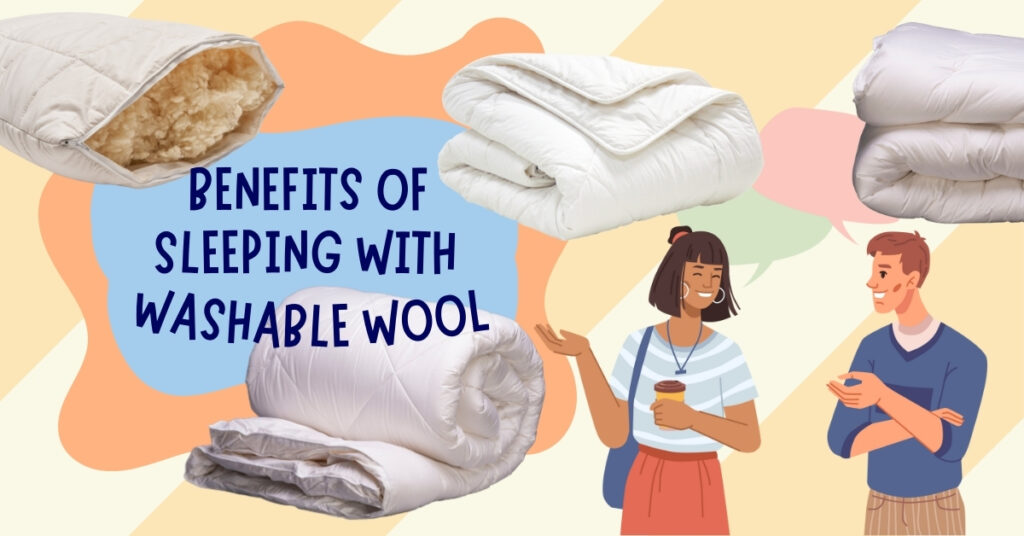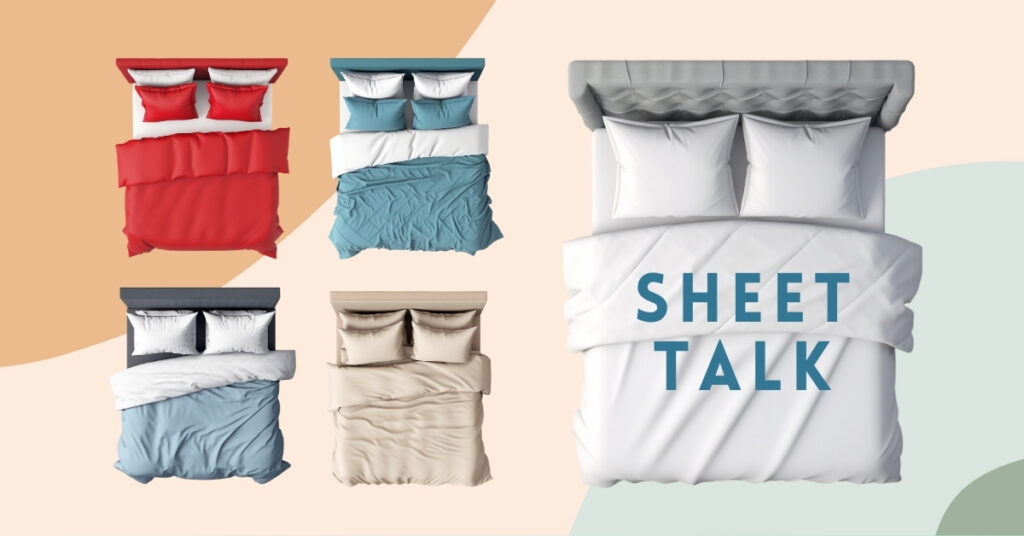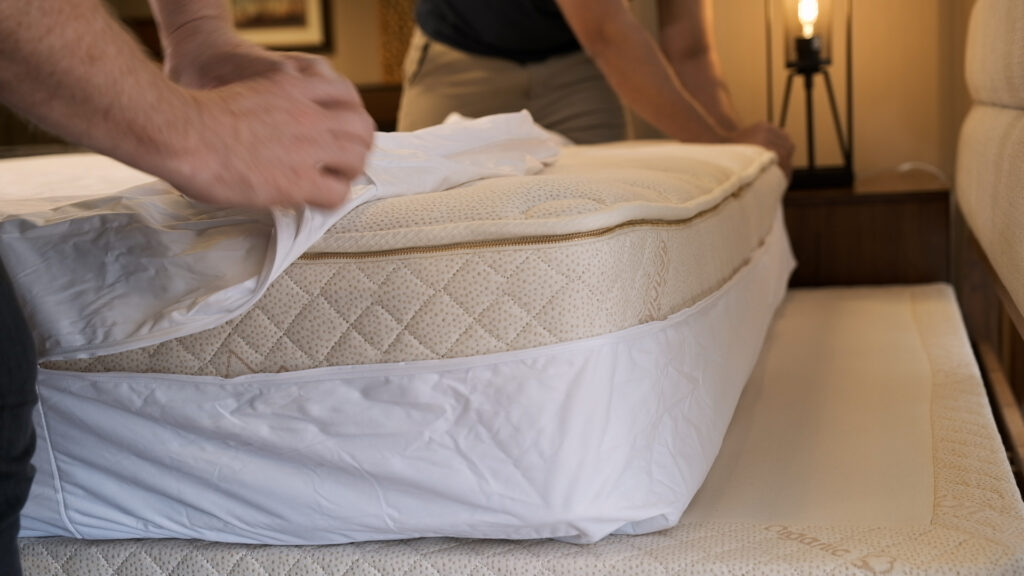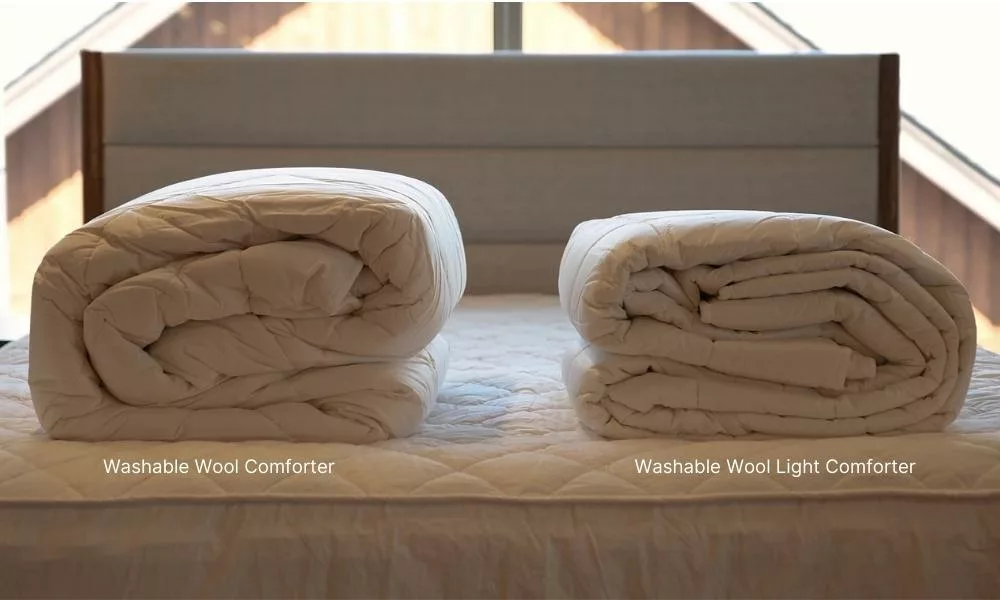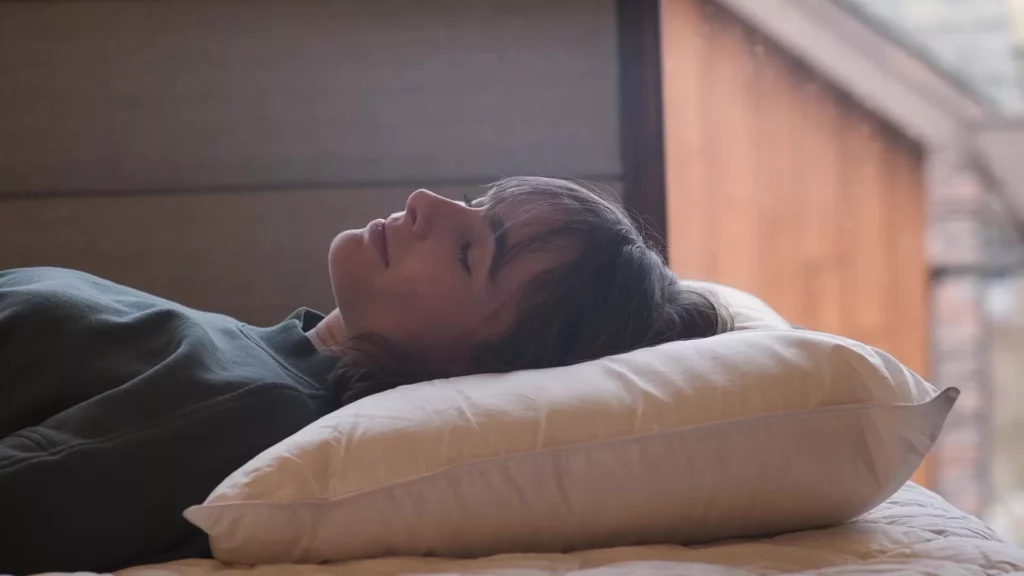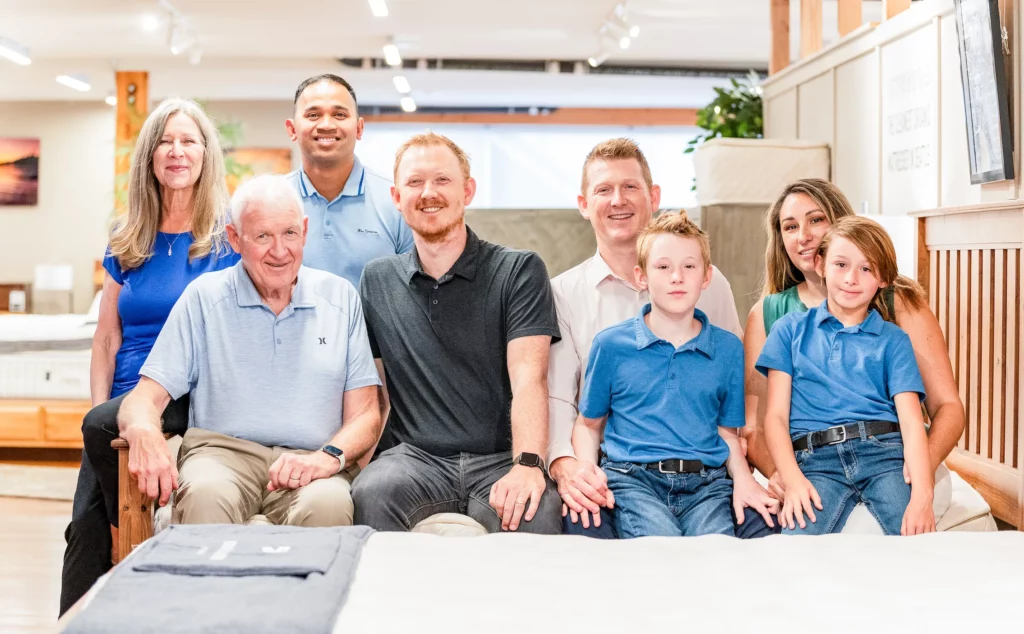Sleep Better Naturally: The Benefits of Washable Wool Bedding from 45th Street Bedding
When it comes to a restful night’s sleep, comfort and breathability make all the difference. That’s why 45th Street Bedding created a collection of washable wool bedding made from premium Belgian lambswool encased in soft, breathable cotton. This natural pairing offers a sleep experience that’s not only luxuriously comfortable but also healthier and more sustainable.
Why Wool?
Wool is often overlooked in modern bedding, but it’s one of nature’s most impressive materials. It’s breathable, moisture-wicking, temperature-regulating, and—when properly sourced—completely sustainable. The Belgian lambswool used by 45th Street Bedding is known for its fine texture and softness, making it ideal for comforters, mattress pads, and pillows.
Benefits of Washable Wool Bedding
1. Temperature Regulation
Wool naturally adjusts to your body temperature, keeping you warm in the winter and cool in the summer. Unlike synthetic materials that trap heat and moisture, wool allows air to circulate and pulls moisture away from the body, helping you stay dry and comfortable all night long.
2. Hypoallergenic and Breathable
Wool’s natural resistance to dust mites, mold, and mildew makes it a smart choice for allergy sufferers. Paired with a cotton cover, this breathable blend helps reduce allergens and promotes cleaner air around your sleep space.
3. Moisture Management
Wool can absorb up to 30% of its weight in moisture without feeling damp. This helps regulate humidity around the body and prevents that sticky, clammy feeling that often disrupts sleep—especially during warmer months.
4. Machine Washable for Easy Care
Unlike traditional wool products that require dry cleaning, 45th Street Bedding’s washable wool bedding is designed to be easy-care. Simply wash on a gentle cycle and air dry or tumble on low. You get all the benefits of natural wool with the convenience of modern maintenance.
5. Sustainably Sourced
The Belgian lambswool used in our bedding is responsibly sourced, ensuring animal welfare and environmental stewardship throughout the supply chain. Combined with our cotton shell, this bedding collection supports a healthier home and a healthier planet.
Sleep the Natural Way
At 45th Street Bedding, we believe the materials closest to your body should support your wellness. Our washable wool bedding offers an ideal balance of comfort, breathability, and sustainability—perfect for anyone looking to improve their sleep the natural way.
Try it for yourself and experience the difference that thoughtfully made bedding can make.
SHOP WASHABLE WOOL BEDDING